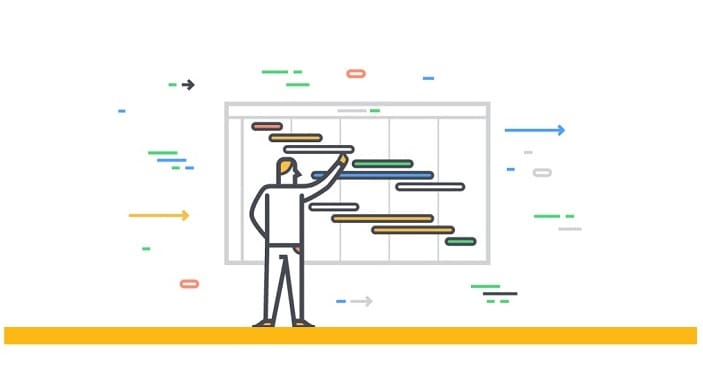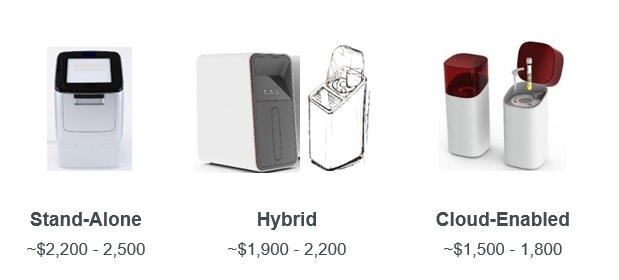Even though we may not be fully aware, AI through ML has already permeated most of our lives. Cloud companies have built applications based on email (Google), shopping (Amazon) and social interactions (Facebook, Instagram) that seem to know a lot more about our personal lives than we may be comfortable with.
“AI and ML have the capability to transform the way assay results are gathered and analyzed, speeding up the process and increasing the accuracy of test results.”
In POCT devices, AI and ML have the capability to transform the way assay results are gathered and analyzed, speeding up the process and increasing the accuracy of test results. Utilizing AI and ML is an essential way for product developers to differentiate and add value to their product.
Medical and diagnostic devices typically record device activity (user inputs, hardware activities, data exchanges, events and errors) in a log file. These data can be useful for debugging and servicing issues with the device. However, without a common cloud repository, the full value of this data is not being captured and retained.
Instead of just capturing basic functionality data, envision a database containing a record of every single action on all devices across all hardware and software versions. With ML, prognostic models can be built from these data to enable more effective service, maintenance, user support and marketing analyses.
To give an example from a recent project developing a product with a diagnostic imaging system, Invetech adopted a cloud infrastructure early in the architecture design of the system. With a central image repository, we were able to efficiently annotate the images for the ML modeling task.
As more instruments joined the fleet, the variety of analyzed specimens increased and allowed further expansion of the assay menu simply through iterating the modeling cycle. Based on early comparisons, diagnostic accuracy of the model exceeds the capability of a typical microscope lab operator.



